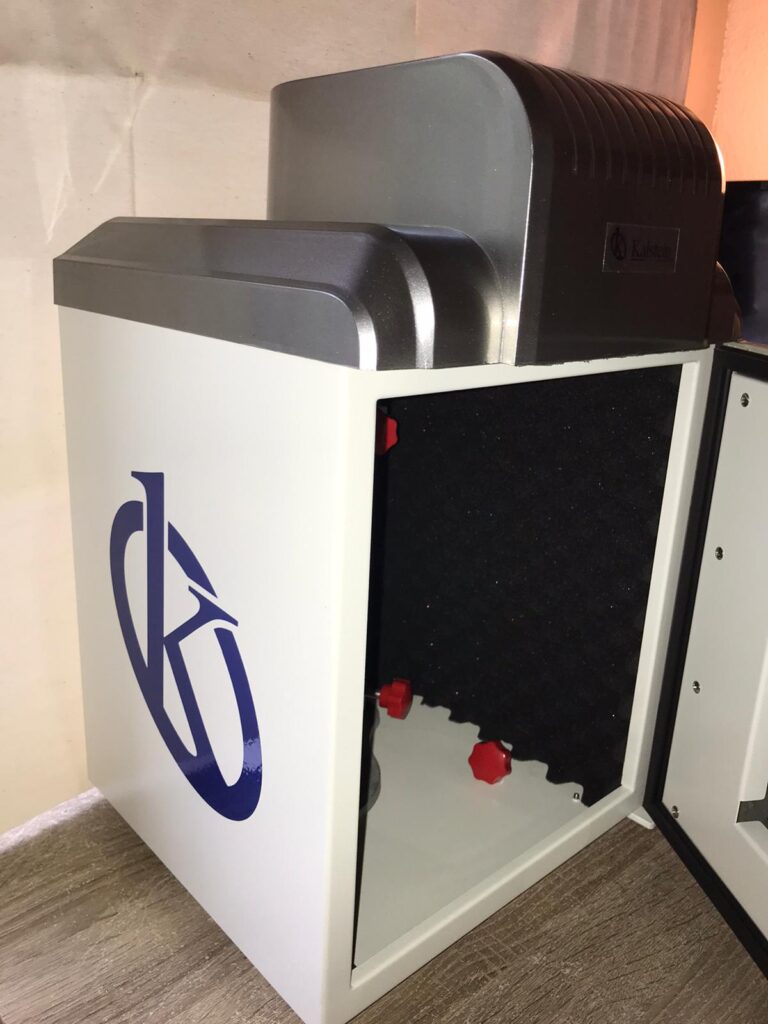Homogenizers: Operation and Use
A homogenizer is a very important part of any laboratory. The functions of this instrument include mixing, stirring, emulsifying and dispersing. It is used for the homogenization of various types of material, such as tissue, plant, food, soil, and many others. This process is accomplished by turning one of the liquids into a state consisting of extremely small particles distributed uniformly throughout the other liquid. The incorrect operation of this instrument may lead to an unsatisfactory result.
This instrument is relatively light and small (for example, our YR413 model is 280X360X385 mm) and its rotor-stator assembly operates at high revolutions per minute, controlled by the researcher, from 2430 rpm to 4260 rpm.
There are some basic tips to operate a homogenizer properly:
1. Operate the homogenizer on a working surface, never hold it in your hands
2. Choose the appropriate homogenizer according to your needs.
3. Manipulate the homogenizer according to the manufacturer’s instructions.
4. Position the generator appropriately in the sample.
5. Handle with care to avoid risky wounds, especially after using it with samples.
6. Clean the homogenizer after use.
To clean the homogenizer is an important task to keep your instrument in optimal conditions:
1. Disassembly according to manufacturer’s instructions
2. Remove residues and rinse components in water.
3. Scrub carefully with a brush in a disinfecting solution.
4. Sterilize in autoclaves at 121⁰C and pressures to 15 psi for 60 minutes.
YR413 model is your solution for sample preparation and cell lysis. This is the reliable, fast and high-throughput homogenizer to extract DNA, RNA or proteins from animal, human and plant tissues, microorganisms, spores, bones, among others. Grind and homogenize a large range of biological samples, compatible with any analysis DNA-RNA Electrophoresis, Liquid Chromatography, Western Blot, etc.
Using disposable sample tubes pre-filled with a variety of lysing beads, the Bioprep-24 vigorously and uniformly shakes the tubes providing an efficient, consistent, high-yield and quality homogenization usually in less than 35 seconds. Know some of the typical samples that goes through this homogenizer:
- Animal, Plant, Human cells.
- Micro-organisms.
- Drugs, polymers, lotions, etc.
- Soil and sediments.
- Swabs and feces.
- Bone, brain, tumors.
- Bacterial gram + or -.
- Yeast, fungi, spores.
- Seeds, roots.
- Feces, swabs.
This homogenizer machine also features a“3D Rotating High Speed Motion” for quick disruption of those fibrous tissues and resistant cells. Fifty programmable memory settings and user optional condition settings. In addition, a wide range of rotation speed settings from 4 to 7 m/s, increment 0.05m/s. This model runs with a brushless motor realizing no brush particle generation. It is easy to remove the sample tube holder and fix sample tubes. Moreover, it is easy to monitor the disruption process through the clear lid. Besides, this machine simultaneously homogenizesBioprep-6 6*2ml tubes or 2*5ml tubesandBioprep-24 24*2ml tubes or 12*5ml tubes. In addition, its disposable tubes ensure no threat of cross-contamination or sample degradation. Finally, the Bioprep-6 and Bioprep-24 vigorously and uniformly shakes the tubes providing an efficient, consistent, high yield and quality homogenization usually in 35 seconds or less.
Find out more about our homogenizers HERE

